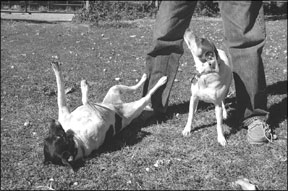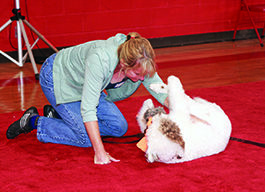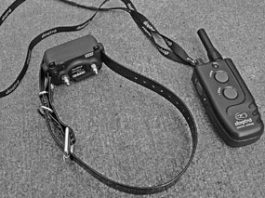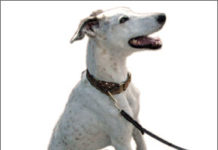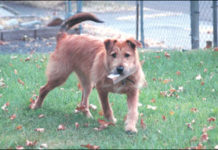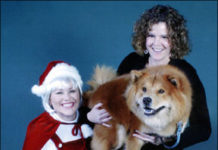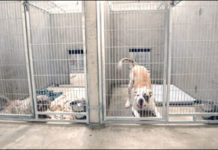Increase Your Dog’s Reliability
Behavior professionals often define “reliable” as responding appropriately to the cue at least 80 percent of the time. That means your dog sits at least 8 out of 10 times when you ask him to. It’s unreasonable to expect 100 percent reliability from your dog. It takes commitment to your training program to achieve reliability under a wide variety of conditions. Let’s explore some of the elements that make for true reliability.
Teach Your Dog to Make Eye Contact
If your dog doesn't already know the value of eye contact with humans, you can easily teach her. This is an operant conditioning/positive reinforcement exercise your dog learns her behavior can make good stuff happen. When your dog has come to realize the value of eye contact, she will sometimes offer the behavior without being cued. Be sure to reinforce offered eye contact as well as cued eye contact. To help her be comfortable with eye contact from other humans, ask your friends to play the Watch" game with her as well."
Understanding Reward Based Dog Training
In the 1950s, behavioral scientist B.F. Skinner developed a number of principles that are applicable to all living things with a central nervous system. He found that animals are likely to repeat behaviors that are enjoyable/rewarding to them, and not likely to repeat behaviors that result in something unpleasant (punishment). Neutral stimuli – things that don’t matter to the animal – don’t have an impact on behavior one way or the other. Skinner demonstrated that humans can use these simple principles to modify an animal’s behavior. Rewards are the most reliable way to deliberately increase an animal’s offered behaviors; conversely, punishment decreases those behaviors. (See “The Four Principles of Operant Conditioning,” next at end of story). We use these behavioral principles in dog training with great success.
The Emotional Lives of Dogs
Traditionally, dog trainers have spent little or no energy considering a dog's emotions when training or changing behavior; indeed, trainers or owners who did talk about emotions were often ridiculed and accused of anthropomorphizing. But when emotions are driving behavior, a dog cannot simply choose to stop doing the behavior without ramifications. The reality is that animals (including people) are quite often not rational actors. If that sounds counterintuitive to you and you believe that behavior is largely chosen rather than the result of emotional experiences, perhaps a few examples will help you understand.
5 Things to Do the Next Time Your Dog Grabs Your Stuff and Runs
Your dog grabs your stuff and runs away either because she knows you're going to take it from her and she doesn't want you to, or she's inviting you to join in her a fun game of Catch me if you can." In either case
Training Your Dog with Rewarding Treats and Praise
Why should training be fun for the dog? Briefest possible answer? “It’s the law.” How animals learn is the most-studied phenomenon in the history of psychology and is up there with gravity in terms of its lawfulness. One of the big ticket principles is that anything one tries to teach a new learner (such as a beginner dog) will get stronger in direct proportion to how many times it is rewarded. And (of perhaps even greater interest) every time the new learner does the behavior and is not rewarded (as in, say, “drilling” the same behavior over and over again) the behavior gets weaker. (Not just “doesn’t get stronger” – gets weaker.) In other words, it’s better to do nothing at all than to drill without rewards.
Counter-Conditioning and Desensitization (CC&D)
Counter conditioning and desensitization (CC&D) involves changing your pup's association with a scary stimulus from negative to positive. The easiest way to give most pups a positive association is with very high-value, really yummy treats. I like to use chicken canned, baked or boiled.
Building a Strong Positive Training Foundation with Your Dog
volunteers can improve the "curb appeal" of these dogs
Why Force-Based Training Methods Are Not Advocated
or because she's not sure what you want her to do; either way
Make Positive Training Fun!
What do you want, you crazy dog? Jennifer Wade said with a smile to her diabetic alert dog
Dog Harness vs Collar: Which is Better?
Dog harnesses vs collars - which is safer? There are many types of collars and harnesses on the market, and some serve specific purposes.


